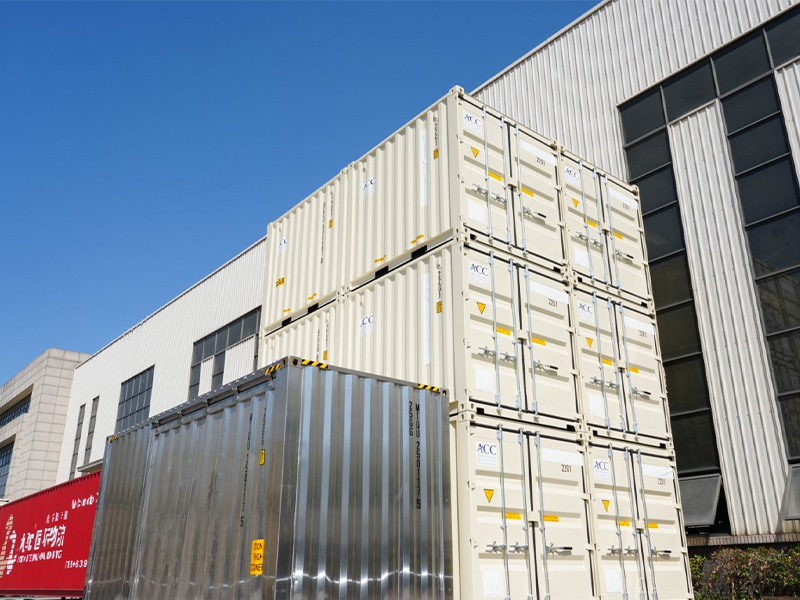Energy storage containers play a crucial role in supporting renewable energy integration by addressing some of the key challenges associated with renewable power sources like solar and wind. Here’s how they contribute:

1. Balancing Supply and Demand
Renewable energy generation is often intermittent and variable due to factors like weather and daylight availability. Energy storage containers store excess energy generated during peak production periods (e.g., sunny or windy times) and release it when generation is low or demand is high. This balances supply and demand, ensuring a stable and reliable energy supply.
2. Enhancing Grid Stability
By providing a buffer of stored energy, energy storage containers help stabilize the grid. They can quickly inject or absorb power to manage frequency fluctuations, voltage variations, and sudden changes in renewable energy output, reducing the risk of outages or instability caused by renewable variability.
3. Enabling Load Shifting
Energy storage containers allow for load shifting—storing energy during off-peak hours when demand is low and renewable generation might be high, then discharging during peak demand times. This improves grid efficiency and reduces reliance on fossil fuel peaker plants.
4. Facilitating Microgrids and Off-Grid Systems
In remote or off-grid locations, energy storage containers enable renewable energy systems to operate independently of the main grid. They store renewable energy locally, providing continuous power even when solar or wind generation fluctuates, increasing the feasibility of renewable installations in diverse settings.
5. Supporting Renewable Energy Expansion
Energy storage containers make it easier to integrate higher proportions of renewable energy into existing grids without extensive infrastructure upgrades. They help utilities and grid operators manage the variability and unpredictability of renewables, paving the way for more ambitious clean energy goals.
6. Providing Backup Power
During grid outages or emergencies, energy storage containers can supply backup power derived from stored renewable energy, enhancing resilience and reducing reliance on diesel generators or other fossil-fuel backups.
Summary
| Function | Benefit to Renewable Energy Integration |
| Energy Shifting | Stores excess renewable energy, delivers when needed |
| Grid Stability | Smooths fluctuations, supports frequency & voltage |
| Load Management | Optimizes energy use, reduces peak load stress |
| Microgrid Enablement | Supports off-grid renewable systems |
| Renewable Penetration | Allows higher % renewables on grid without issues |
| Backup Power | Provides emergency power from stored clean energy |
Conclusion
Energy storage containers are essential for unlocking the full potential of renewable energy. By smoothing out fluctuations, enhancing reliability, and enabling flexible power management, they accelerate the transition to a cleaner, more sustainable energy future.






